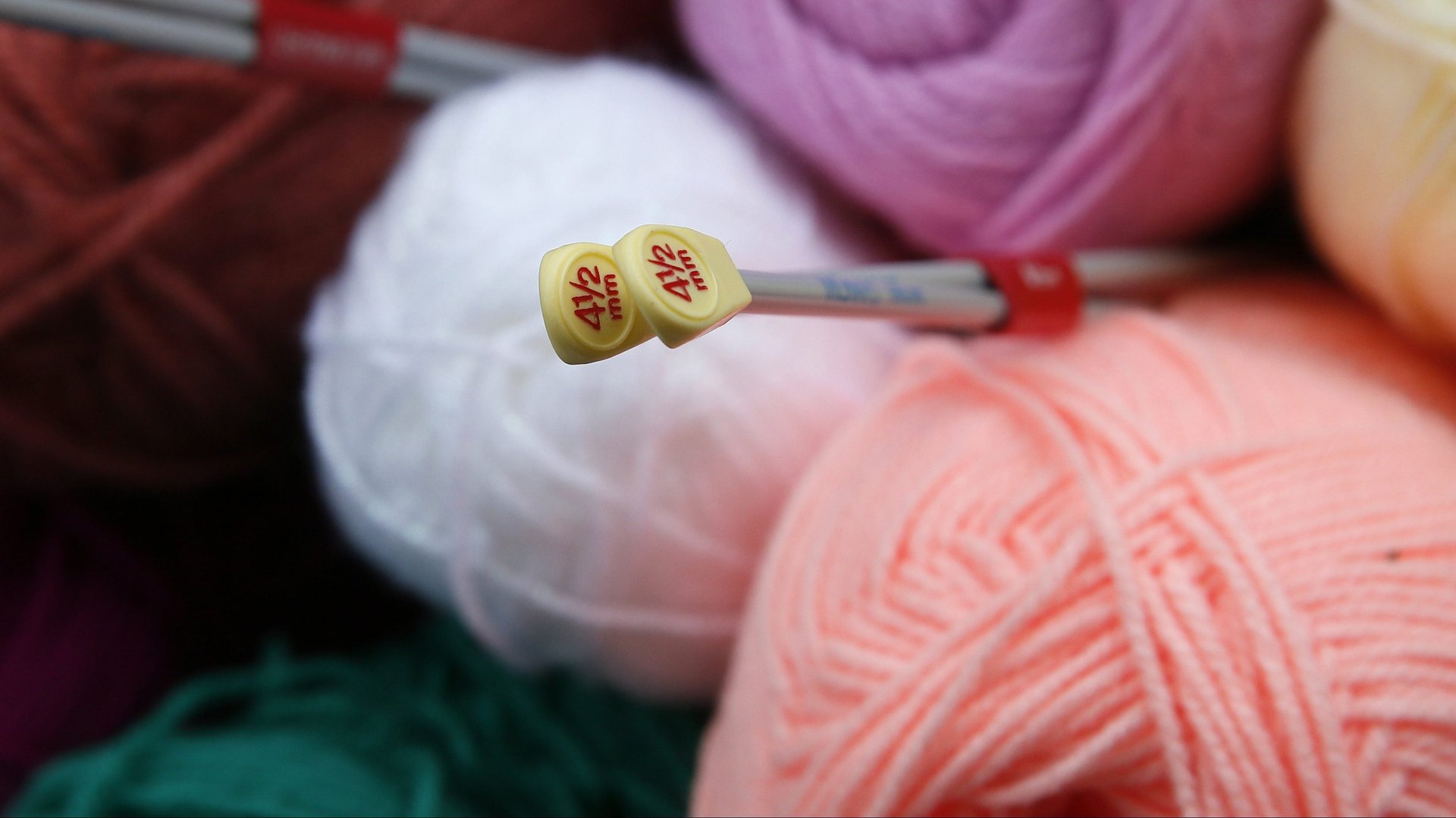China’s latest genetic engineering experiment is a flock of sheep no one wants
Chinese scientists have created a new variety of sheep that have different colored and patterned wool. This is the first time genetic engineering has been used to alter the coats of an animal larger than a mouse.


Chinese scientists have created a new variety of sheep that have different colored and patterned wool. This is the first time genetic engineering has been used to alter the coats of an animal larger than a mouse.
These scientists are hailing it as a development that will allow consumers to get more options when it comes to natural wool products (including a cappuccino color, and different black and white patterns), and eventually allow pet owners to “order” pets “with customized fur coloring.”
But the novelty raises a number of questions from the ethical to the pragmatic, including “Does the world really want sheep with customized wool?”
The genetic breakthrough involved the use of a technology called CRISPR (pronounced “crisper,” which stands for Clustered Regularly Interspaced Short Palindromic Repeats). CRISPR is part of bacteria’s immune system, protecting it from viruses. With the help of associated enzymes, it can recognize certain parts of viral DNA and cut them out, deactivating the virus.
Scientists have now modified CRISPR’s ability to do the same for other kinds of DNA, with unsurpassed precision and efficiency. At the same time, these developments have sparked new ethical questions, particularly from Chinese laboratories and to a lesser extent in Singapore—jurisdictions where this type of research is not challenged by ethical issues often sparked by religious considerations.
Last year, Chinese biologist Junjiu Huang, of Sun Yat-sen University in Guangzhou, edited the genomes of (nonviable) human embryos for the first time, but was widely criticized by fellow scientists around the world. Among other complications, the engineering unintentionally caused mutations in other parts of the genome, Huang’s team reported.
The CRISPR-Cas 9 sheep manipulation was purportedly done for industrial purposes at the Xinjiang Academy for Animal Sciences in Urumqi. It hasn’t raised anywhere near as much of an outcry, perhaps because sheep have been going through the indignities of biological manipulation for a long time, as Dolly the sheep, cloned in 1996, proves.
Urumuqi hasn’t released any information about possible mutations, or about the scientific developments that made the alteration possible. A receptionist at the academy said she did not know anything about colored sheep, and declined to give her name.
It is unclear where the market for such sheep might be.
Clara Parkes, a yarn critic, author and knitting legend, observes that “in the commercial wool world, color is considered a contaminant”, which explains part of the widespread preference of wool from merino sheep.
“Wool is sold according to its fineness, cleanliness and brightness,” Parkes said. “And merino wool is bright bright bright. It is seen as a white canvas that takes dye uniformly, which is what the industry is interested in.” Merino itself, in fact, has been selectively bred for centuries, to take the color out of the fleece—again, for uniform dying purposes.
Parkes said she does not see “large scale commercial success in the wool market for this type of fleece.” She added that these experiments are “not done for the benefit of sheep, but for the excitement of experimenting on large mammals.”